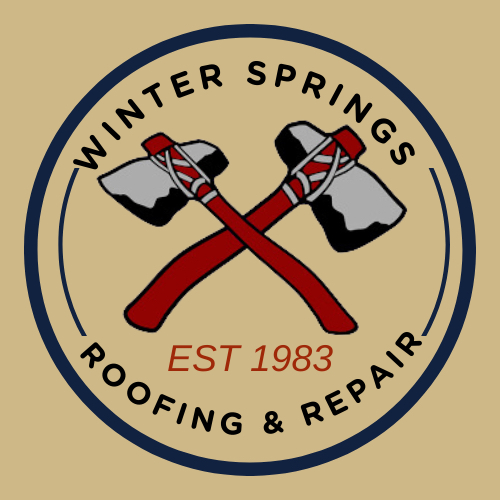What are the dangers of using your chimney without an inspection? There are many. There are several things you should not put off when it comes to your chimney. Continue reading to find out what those dangers are.
Dangers of Using Chimney Prior to Inspection
What happens if you don’t clean the chimney? How often should a chimney be checked? These are all valid questions you may have when it comes to maintaining your chimney.
Here are several dangers you could face.
Chimney Fire
One of the many dangers of not having your chimney inspected every year is a chimney fire. There is more than just one way that you could face this danger. The buildup of creosote is probably the biggest thing you may relate to a chimney fire. If you wonder what makes a chimney unsafe, you should remember never to let creosote build up. Creosote is flammable; if you leave it on your chimney, you ask for a fire.
Another danger of not having your chimney inspected due to fires is because of obstructions. If you fail to have your chimney inspected, you could end up with dried leaves, twigs, paper, dry nests, and other garbage that will be left in your chimney. When you go to light a fire, any random spark could result in a chimney fire. So, if you are asking “Is a dirty chimney a fire hazard?” the answer is yes.
Structural Damage
If you have ever noticed that your vehicle looks good to you but isn’t running smoothly, the same can apply to that of a fireplace and chimney system. While it may look fine on the outside, it is possible that your chimney may have sustained damage from a hidden chimney fire, severe weather conditions, or typical wear and tear. If you notice structural damage, you could even have leaks which may result in more damage to the interior of your home and your chimney.
Additionally, if your chimney is severely damaged, you could allow the buildup of carbon monoxide in your home instead of it being able to escape through the chimney. Furthermore, if there is damage on the outside of your chimney, you may just have to watch out for falling bricks.
This leads us to the chimney flue, which protects your home via important functions.
The flue keeps combustible parts of the home from being exposed to extreme heat. When these materials are exposed to high temperatures repeatedly, pyrolysis may occur. Pyrolysis means that the temperature at which materials ignite becomes lowered significantly.
If there is even the smallest crack in a chimney flue, the dangers of a house fire and carbon monoxide poisoning are big threats.
During a level 2 chimney inspection, the technician will use a special camera to check the condition of the chimney flue from the top to the bottom. If the flue is damaged, the technician will let the owners know that a repair or replacement is needed.
